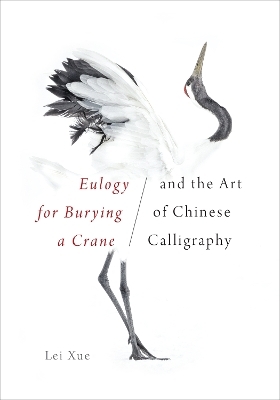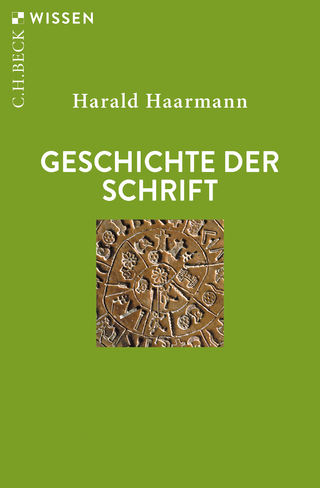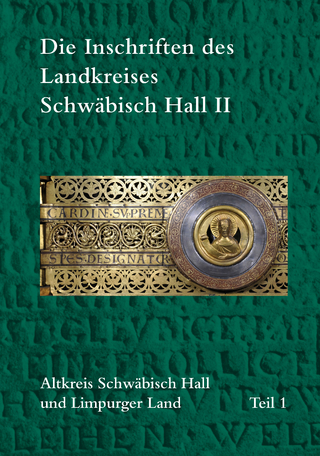
Eulogy for Burying a Crane and the Art of Chinese Calligraphy
Seiten
2019
University of Washington Press (Verlag)
978-0-295-74636-4 (ISBN)
University of Washington Press (Verlag)
978-0-295-74636-4 (ISBN)
Eulogy for Burying a Crane (Yi he ming) is perhaps the most eccentric piece in China’s calligraphic canon. Apparently marking the burial of a crane, the large inscription, datable to 514 CE, was once carved into a cliff on Jiaoshan Island in the Yangzi River. Since the discovery of its ruins in the early eleventh century, it has fascinated generations of scholars and calligraphers and been enshrined as a calligraphic masterpiece. Nonetheless, skeptics have questioned the quality of the calligraphy and complained that its fragmentary state and worn characters make assessment of its artistic value impossible. Moreover, historians have trouble fitting it into the storyline of Chinese calligraphy. Such controversies illuminate moments of discontinuity in the history of the art form that complicate the mechanism of canon formation.
In this volume, Lei Xue examines previous epigraphic studies and recent archaeological finds to consider the origin of the work in the sixth century and then trace its history after the eleventh century. He suggests that formation of the canon of Chinese calligraphy over two millennia has been an ongoing process embedded in the sociopolitical realities of particular historical moments. This biography of the stone monument Eulogy for Burying a Crane reveals Chinese calligraphy to be a contested field of cultural and political forces that have constantly reconfigured the practice, theory, and historiography of this unique art form.
Art History Publication Initiative
A McLellan Book
In this volume, Lei Xue examines previous epigraphic studies and recent archaeological finds to consider the origin of the work in the sixth century and then trace its history after the eleventh century. He suggests that formation of the canon of Chinese calligraphy over two millennia has been an ongoing process embedded in the sociopolitical realities of particular historical moments. This biography of the stone monument Eulogy for Burying a Crane reveals Chinese calligraphy to be a contested field of cultural and political forces that have constantly reconfigured the practice, theory, and historiography of this unique art form.
Art History Publication Initiative
A McLellan Book
Lei Xue is associate professor of art history at Oregon State University.
| Erscheinungsdatum | 31.12.2019 |
|---|---|
| Reihe/Serie | <i>Eulogy for Burying a Crane</i> and the Art of Chinese Calligraphy |
| Zusatzinfo | 8 color illus., 85 b&w illus., 2 maps, 2 tables |
| Verlagsort | Seattle |
| Sprache | englisch |
| Maße | 178 x 254 mm |
| Gewicht | 635 g |
| Themenwelt | Kunst / Musik / Theater ► Design / Innenarchitektur / Mode |
| Kunst / Musik / Theater ► Kunstgeschichte / Kunststile | |
| Sachbuch/Ratgeber ► Freizeit / Hobby ► Kreatives Gestalten | |
| Geschichte ► Hilfswissenschaften ► Paläografie | |
| Geisteswissenschaften ► Geschichte ► Regional- / Ländergeschichte | |
| Geisteswissenschaften ► Sprach- / Literaturwissenschaft ► Sprachwissenschaft | |
| ISBN-10 | 0-295-74636-X / 029574636X |
| ISBN-13 | 978-0-295-74636-4 / 9780295746364 |
| Zustand | Neuware |
| Haben Sie eine Frage zum Produkt? |
Mehr entdecken
aus dem Bereich
aus dem Bereich
Schnelle Hilfe bei häufigen Fehlern
Buch | Softcover (2021)
UTB (Verlag)
18,00 €
Buch | Hardcover (2023)
Reichert, L (Verlag)
220,00 €


